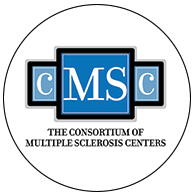An indirect comparison of results from randomized clinical trials in relapsing-remitting multiple sclerosis (RRMS) patients suggests that Tysabri (natalizumab) is more effective than Gilenya (fingolimod) at reducing disease activity.
The study, “The Efficacy of Natalizumab versus Fingolimod for Patients with Relapsing-Remitting Multiple Sclerosis: A Systematic Review, Indirect Evidence from Randomized Placebo-Controlled Trials and Meta-Analysis of Observational Head-to-Head Trials,” was published in the open access journal PLOS One.
Patients with RRMS with active or progressive disease, being treated with a first-line agent, can benefit (depending on a thorough evaluation of each case) from a second-line therapy. Accordingly, the second-line agents Gilenya and Tysabri showed efficacy when given to patients with high disease activity, and in general, had manageable side effects. The efficacy of Gilenya versus that of Tysabri has never been directly evaluated in a clinical study, however.
Researchers compared the efficacy of Gilenya and Tysabri by performing both indirect and direct comparisons, using data from placebo-controlled clinical trials and observational data. In total, researchers indirectly analyzed three randomized clinical trials (which included 2,498 patients) and, in head-to-head comparisons, five observational studies (including 2,576 patients).
Researchers found that Tysabri was associated with a greater reduction in the two-year annualized relapse rate, and with a greater probability of no disease activity at two years, when compared to Gilenya. No significant differences between the two therapies were found in terms of disability progression. However, researchers noted that in both types of studies, randomized trials and observational studies, patients receiving Tysabri showed a more aggressive disease profile at baseline relative to those receiving Gilenya, as shown by higher pre-treatment EDSS (Expanded Disability Status Scale) scores, higher pre-treatment load of gadolinium-enhancing lesions, and more relapses before treatment initiation.
In the analysis of observational data, researchers found no significant differences between Tysabri and Gilenya in the two-year annualized relapse rate and two-year disability progression. However, patients treated with Tysabri were more likely to remain relapse-free at two years when compared to Gilenya.
The results suggest that Tysabri may be more effective at reducing disease activity in patients with RRMS, when compared to Gilenya. Additional studies directly comparing both drugs in the same trial are required to validate this initial and preliminary observation.










